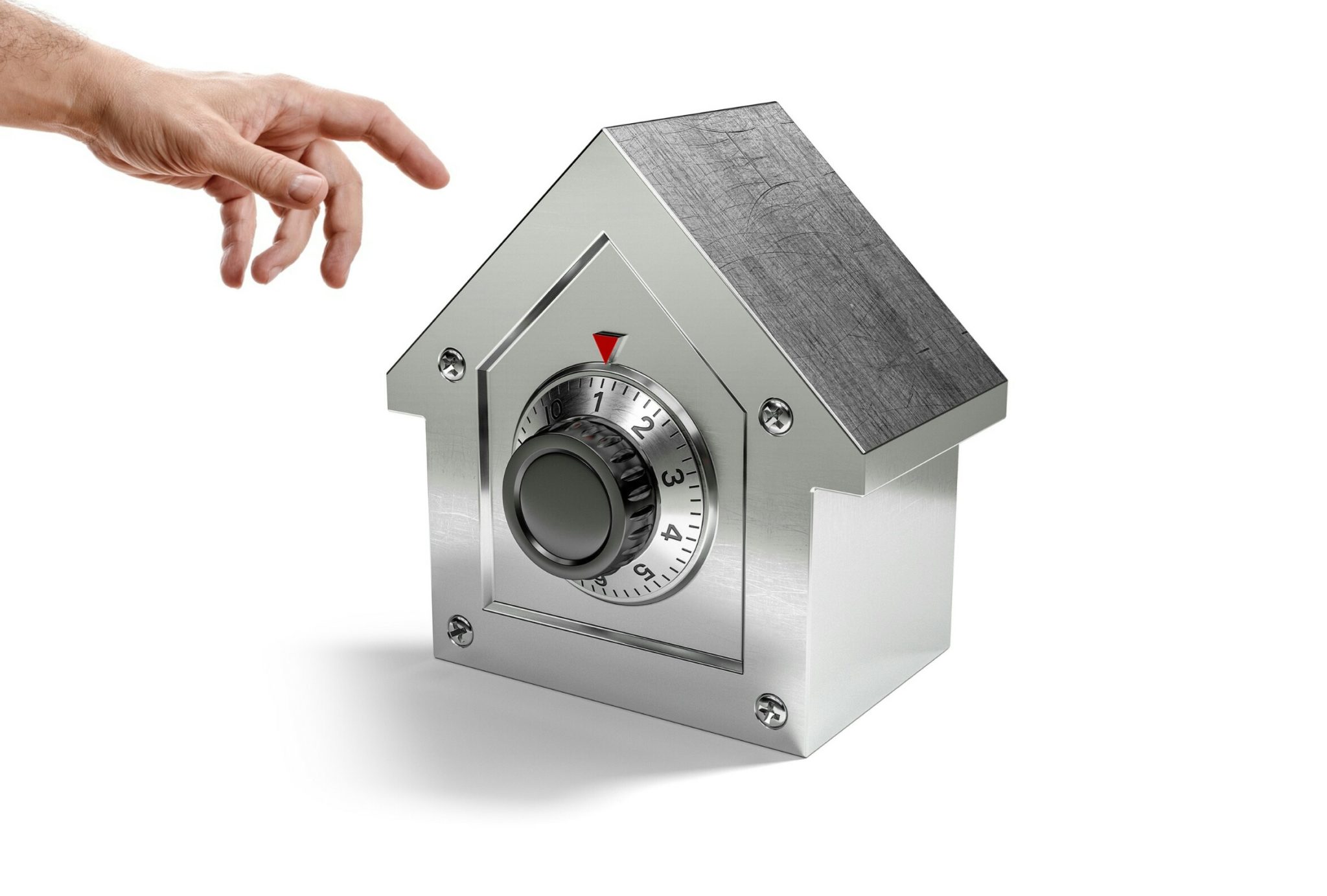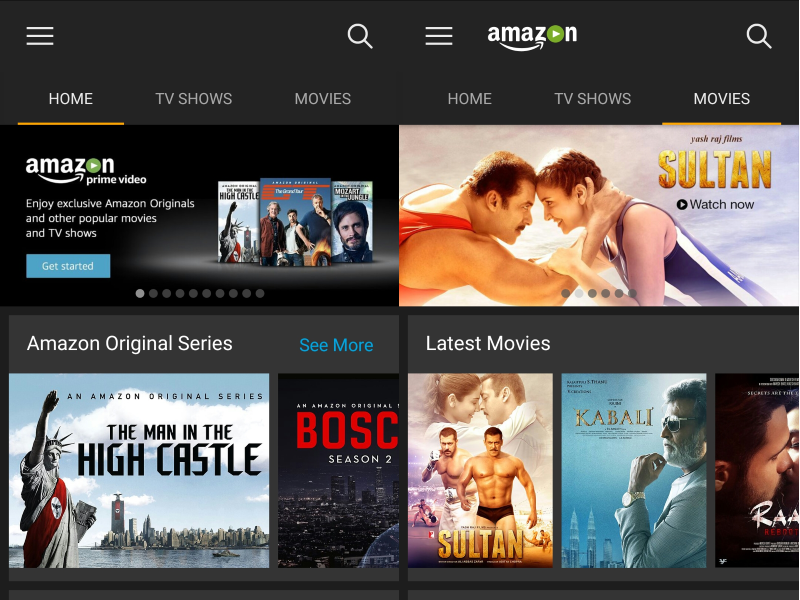There are two legal aids that can be efficient for clients while dealing with property matters. They are solicitors and licensed conveyancers. Research has revealed that people who are interested to buy or sell a property prefer to hire the services of a conveyancer instead of a solicitor.
The licensed conveyancer is a lawyer who specializes in property dealings. He can carry out a property as well as land searches, arrange the contract, and be the bridge between the buyer and the seller regarding many things.
What are Conveyancing Services?
When you are in the process of buying or selling a property or a house there are various other problems weighing on your mind which are quite stressful and become more so if legal complications also get involved. This is where conveyancing services step in. For any legal matter, compliance with legal procedures is fundamental. This not only ensures your peace of mind but also helps you to crack through a successful property deal without a hitch.
How can conveyancing services assist you?
Conveyancing services deal with all legal, administrative, as well as the financial requirements needed in selling or buying a property. They assist in remortgaging your property or putting it up on lease. Being specialist property lawyers, they have deep knowledge of the laws that govern the buying and the selling of land and property.
Conveyancing services help clients in the following ways-
- They can prepare the legal documents related to the property deal
- They can initiate both the parties to comply with and agree to the contract.
- They can make the necessary arrangement for the transfer of ownership
- They can help you in the Mortgage or lease-related matters
- Preparing final documents that require only the signature of the buyer and the seller
Where to find a licensed conveyancer?
Licensed conveyancers can be found through various channels. You can look for them in telephone directories or search for them online or through a web search. You can also seek help from your friends or relatives.
How does CLC regulate licensed conveyancers?
CLC (Council for Licensed Conveyancers) is the governing authority of the conveyancers. This council regulates licensed conveyancing services. The council is deemed with certain powers and has the authority to-
- Set the education and training standards for the licensed conveyancers
- Monitor their work and their conduct or behavior towards the clients
- Take disciplinary action when the licensed conveyancer needs to be penalized
How should a licensed conveyancer carry through his role?
Each licensed conveyancer has to abide by the norms laid down in the CLC code of conduct. The code of conduct related to a conveyancer’s behavior is set around six different principals. The conveyancer has to treat you justly and fairly. It is customary on his behalf to inform you about the costs of legal work that will follow thereafter. You are also entitled to lodge a complaint if things do not fall through according to the plan. If the conveyancer’s carelessness or negligence results in a loss for you, then you can claim compensation from him by informing the CLC Compensation Fund which takes the necessary actions against the conveyancer.
It is clearly evident that conveyancing services are indispensable when moving houses or purchasing properties. Besides this, your rights are safeguarded against any fraudulent practices that could be carried out by the conveyancer by the CLC code of conduct.
To effectuate your property deal and to save yourself the burden of unnecessary legal formalities, it is ideal to hire conveyancing services from a licensed conveyancer and stamp the property deal.
Read More :
























